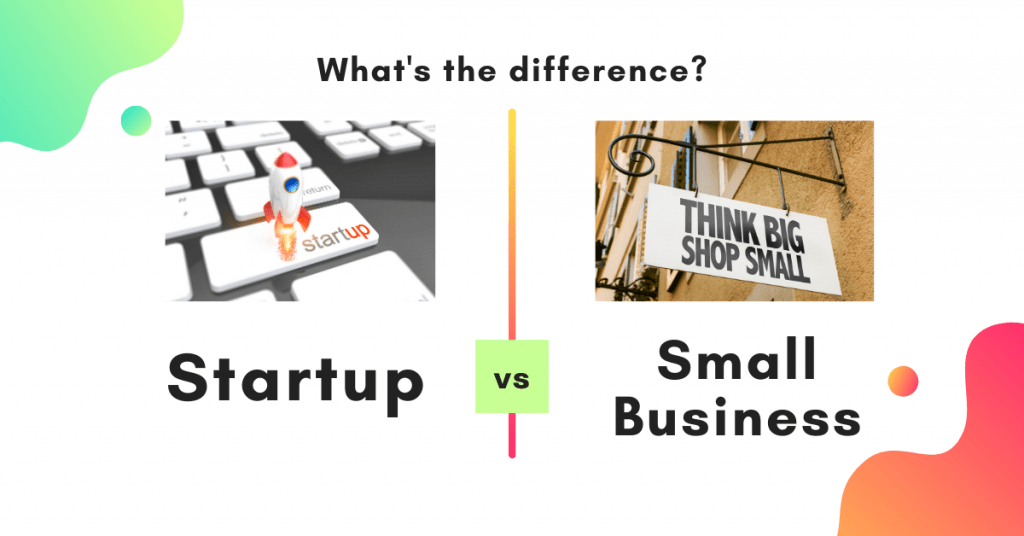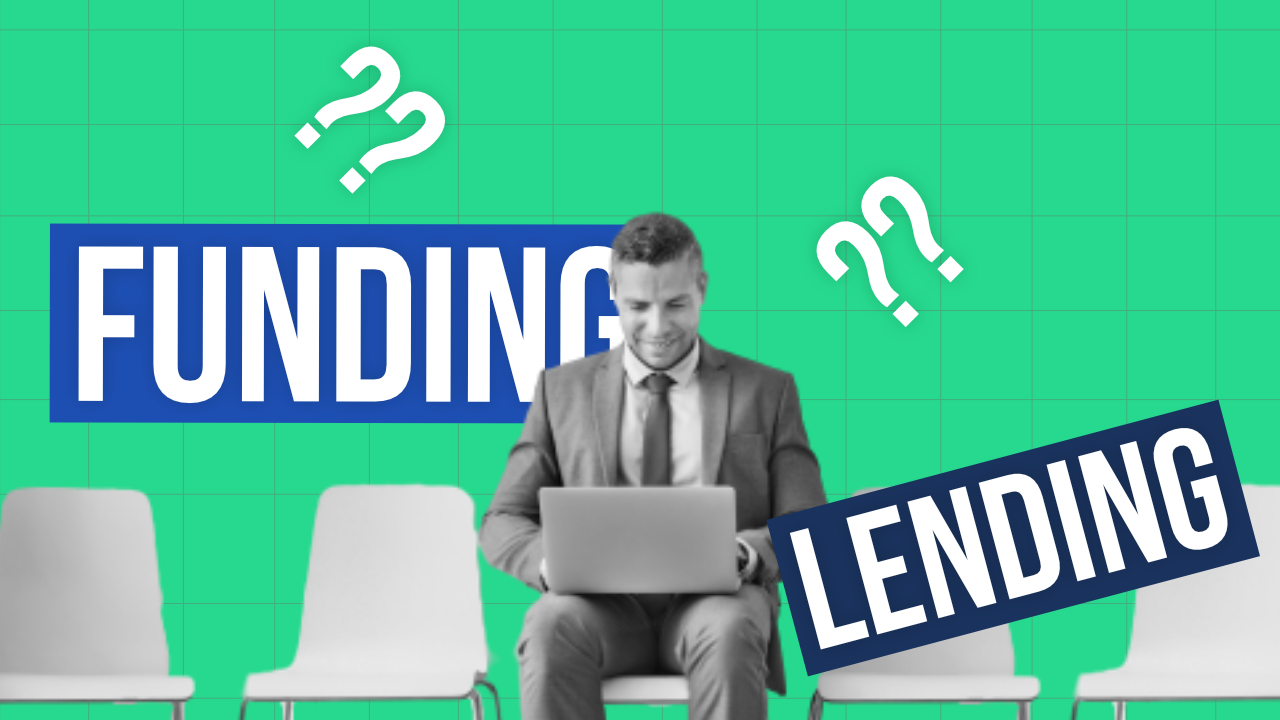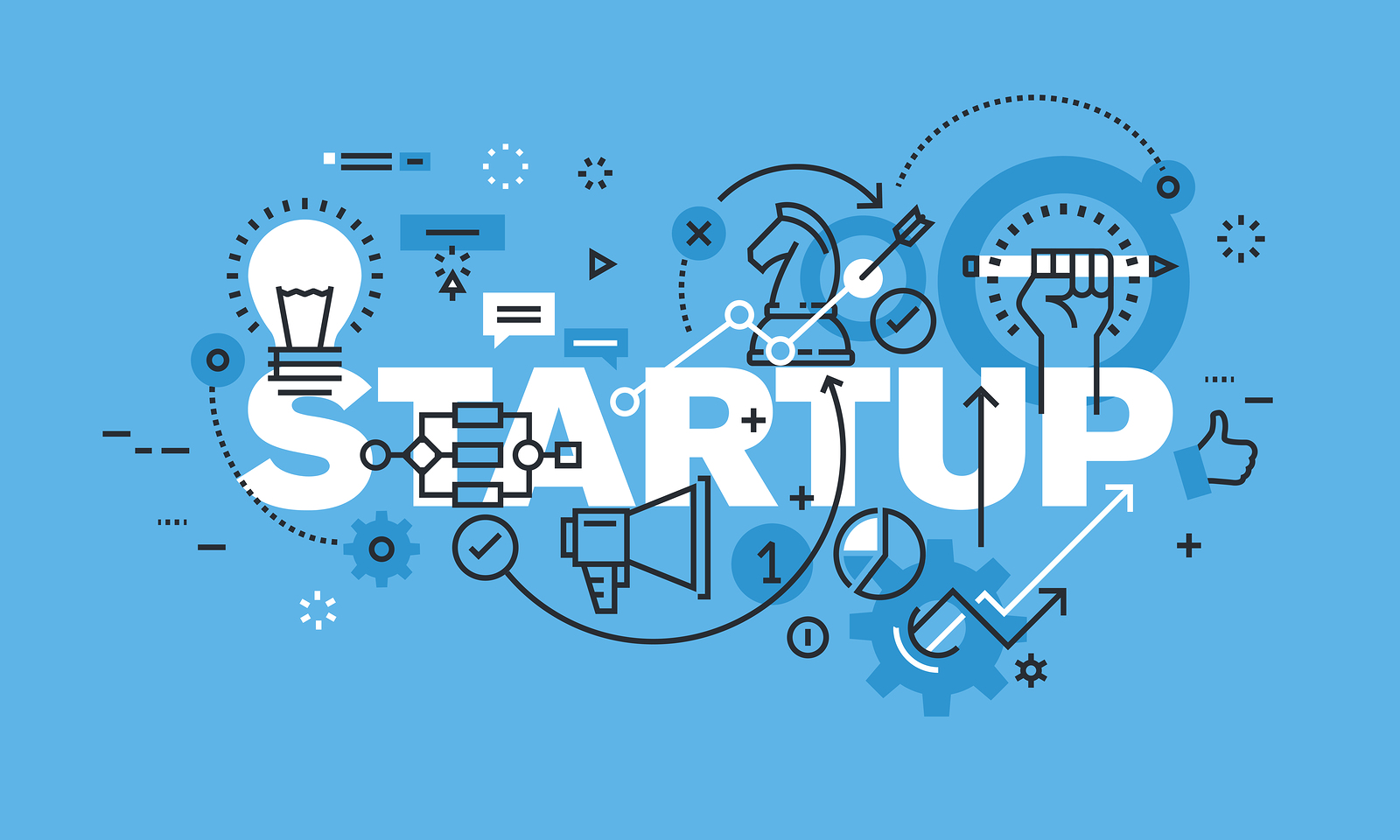Lately, the term startup has been frequently mentioned in various media. Many people assume that startups are companies that utilize technology and are suitable for the younger generation. This assumption may be true, but in reality, the definition of a startup is still incomplete.
Startup business is a business model that provides an opportunity for professionals to share their talents and knowledge to develop products or services that have a positive impact on the market. In a startup, each employee can develop their own skills to help the company continue to grow.
Understanding startup business

A startup is a company that introduces an innovative new product or service to the market in the early stages of its operations. Because the product and service are new, this business requires high operating costs but limited revenue. This forces startup founders to seek investors from various sources, including family, friends, and venture capitalists. It is not uncommon for startup founders to spend a lot of money so that their company can achieve its planned goals.
Difference between startup and small business

Despite having many similarities, startups are different from small and medium enterprises (SMEs). The differences between startups and small businesses are as follows:
Business Goals
The ultimate goal of a startup is to change the market through products and services that incorporate new technologies. At the same time, small and medium-sized businesses tend to follow the market game and enter local markets that already have many players.
Unlike startups that try to change the way people do business, the way people enjoy services, and so on. With the help of technology, startups try to influence the market they enter, changing their lifestyle or the way they make transactions.
Example: In the past, if you wanted to ride a motorcycle taxi, you had to walk and wait at the nearest motorcycle taxi stand. But now you can order a motorcycle taxi and order it online via your smartphone. Users will feel more comfortable because they don’t have to walk far to wait for a motorcycle taxi. Because there is a special calculation, the fare is more transparent.
Capital and Investment Requirements
Startups attract external capital in exchange for shares or ownership in the company. Startup founders must be able to convince investors to invest in a company that is still developing but has not yet generated significant returns. The capital obtained is used to develop products and services and utilize the necessary resources.
Unlike small and medium enterprises. Most small businesses use traditional methods to raise money. For example, you are looking for a loan to a bank, credit or debt to your closest person. Ownership of a small business remains with its owner. Because small and medium enterprises are profit-oriented, immediate return (payment) of capital obtained through debt or credit is a priority.
business risk
Since startups introduce something new, business owners may not be able to predict the long-term impact on the market. Startup risk is relatively high because it is unclear whether a newly introduced product or service will be well received by the public. At the same time, small business risk depends on how well the business owner is able to generate revenue. When a small business enters an existing market, it must differentiate its business from the old businesses in that market.
growth oriented
The focus of a startup is to ensure that its products and services are widely accepted by the public. This means that startups aim to grow quickly and gain market share. In contrast, small businesses may be more interested in making their business successful (making a profit). They are less focused on gaining national recognition. The goal of a small business is to maintain a steady customer base and continue to generate revenue from the local market.
How does startup financing work?
Funding or investment in startups comes from individuals or groups. The funds provided will be used to help the startup grow. Investors who invest in startups want to gain profits from their business in the long term. Others aim to gain business impact that can affect future business processes.
Initial funding stage

Here are some steps that startups take to get funding:
1. Initial funding stage
This is the first step in getting funding for your startup. At this stage, the new company is formed and a plan is made to attract investors to start building the company. At this stage, the entrepreneur will meet with several potential investors to present their business idea. See if you can answer the questions below.
- Is your idea feasible now or in the future? Has anyone implemented your idea before? How valuable do you think this company is? What business model are you using? How would you start this business? How do these companies make money? How great is your idea for changing the market?
- Is your idea feasible now or in the future?
- Has anyone implemented your idea before?
- How much do you think this company is worth?
- What business model do you use?
- How will you start this business?
- How does this business make money?
- How great is your idea to change the market?
2. Initial funding level
The focus of startup owners at this stage is to introduce products or services and attract customers. Owners also begin to prepare company shares as a form of return on the large amount of funds provided by investors. The costs incurred by startups at the initial funding stage include:
- Product and service launch costs Marketing and training costs Recruiting new employees Market research on audience response to products and services.
- Product and service launch costs
- Marketing and Training Costs
- Recruiting new employees
- Market research on people’s reactions to products and services.
3. Series A funding level
The startup funding stage series is the first stage of investment made by venture capitalists. Company shares are offered in return for the capital provided. At this stage, the company begins to prepare a plan for future business growth, including:
- Business Process Improvement Loss Reduction and Financial Efficiency Product and Service Development Based on the research results, we create a business blueprint related to business growth.
- Business process improvement
- Loss reduction and financial efficiency
- Develop products and services based on research results
- Develop a business plan for business growth.
4. Series B funding level
At this stage, the startup has many loyal users and steady income. At this stage, your business idea has been proven to be successful. Next we enter the product and service development stage to solve the problems that arise. Series B financing can be used to increase market share, build an operational team for business development, and increase marketing.
5. Series C funding level
Startups receive Series C funding to grow. Now the company is starting to look at market share in other countries and around the world. At this stage, it is easier to attract new investors because you are already confident that the business will be successful. Series C funds can be used to develop new products, gain market share abroad, or acquire underperforming startups in their industry.
6. Series D funding level and above
At the Series D funding stage, startups need additional funds to anticipate what new steps they might take. For example, a potentially lucrative new opportunity arises that requires owners to move quickly, such as an initial public offering (IPO). Or, let’s say something detrimental happens, such as the emergence of a disruptive new competitor, and you have to delay your IPO.
7. Mezzanine (bridge) loans.
This loan financing combines the debt and assets of the lender. The funds obtained are used for short-term financing purposes. The loan funds are used to bridge the financial gap between the current stage and the IPO. Companies can use the funds they obtain to acquire competitors or hire new talent or management. The loan funds are usually repaid within 6 to 12 months or when the company goes public.
8. Initial Public Offering (IPO) – offering a company’s shares to the public.
The IPO stage is considered the pinnacle of a startup’s success. This is the first time a public offering of shares is conducted. The IPO funds are used to generate income for growth or are cashed out by shareholders for personal income. Startup business owners can give up full ownership of their shares to receive multiple dividends on the money they invested in the first place.











